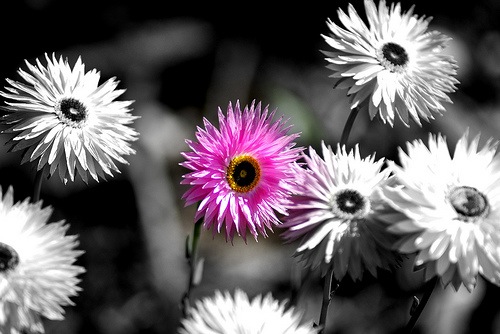
Call it an occupational hazard but I began to wonder one day how many genera were unique, that is, they had just one edible species in them, the so called monotypic genus. Some families are huge such as the sunflower family which has 1550 genera and 24,000 species. The oxalis genus has some 800 members. Worldwide there are more than 16,000 genera and over one million different species, of which perhaps 135,000 are edible, a little more than 10 percent. There are some 438 monotypic genera, each with just one species in it. But, how many edibles are among them? I knew of five edible plants locally that were all the only species in their genus. So I began to collect them, with thanks to KoolAid_Free_Lexi. At the moment I am at 64, the largest collection of them in one place. I’m sure some my readers, like Kool AId, will send me more monotypic genus edibles, all unique in their own way. In the list below there are a few well-known plants: Gingko, dill, fennel, Saguaro cactus, saw palmettos, hydrilla, brazil nuts. Others are rare if not obscure, endangered and some federally protected.
| Abobra tenuifolia. The Cranberry Gourd is a native of South America, specifically Argentina, Brazil and Uruguay. The egg-shaped fruit is edible. If you are thinking of growing it you need male and female plants. | 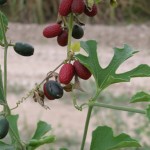 |
| Achyrachaena mollis, Blow Wives. The roasted seeds were eaten by California Indians. | |
| Aegle marmelos, Bael, is a native of Southeast Asia, from India to the Philippines. The Bael fruit has a smooth, hard woody shell with a gray, green or yellow peeling. It takes about 11 months to ripn reaching the size of a grapefruit. The yellow pulp is aromatic smelling like marmalade and roses combined. It is eaten fresh or dried, the juice is used to make a drink like lemonade. Leaves and small shoots are used as salad greens. Twigs are used as chew sticks | 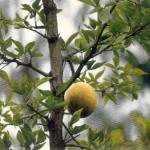 |
| Allenrolfea occidentalis, Iodine Bush, Pickleweed. Young stems are edible raw in limited amounts because of being salty. Used as a cooked green. The seeds are also edible. | |
| Andromeda polifolia, Bog Rosemary. A cold water tea made from the mascerated plant was drank by the Ojibway Indians. Do NOT make a tea using hot water. That will make the tea toxic. | |
| Anemonella thalictroides, Rue Anemone. The starchy root is edible after cooking. | |
| Anethum graveolens, dill. Where would pickles be without dill? I use dill in many supper time concoctions, usually involving cucumbers. |
|
| Athysanus pusillus, Sandweed. Its small seeds have been used as food. | |
| Benincasa hispida, White Gourd, eaten raw or cooked, young or old, used as a vegetable; flowers and leaves steamed as a vegetable, seeds cooked. |
|
| Bertholletia excelsa, the Brazil Nut. This common edible needs little introduction. From South American the tree itself grows to nearly 200 feet high and is named after French chemist Claude Louis Berthollet. | 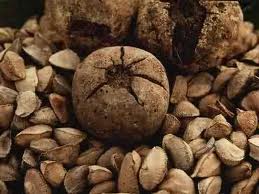 Brazil nut Brazil nut |
| Butomus umbellatus, flowering rush. A native of Eurasia the Flowering rush is become endangered in some areas of its native range but a pest in areas where it has been introduce, such as the Great Lakes. The root can be boiled and eaten. | 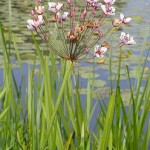 Flowering Rush Flowering Rush |
| Brasenia schreberi, Water Shield. This plant is common in Florida. It is odd in that its underleaf and stem are covered in a clear gel, making identification easy. To read more about the Water Shield click here. | |
| Calla palustris, Water Arum, a northern tier species. To read more about the Water Arum click here. |
|
| Calypso bulbosa, Deer Orchid, Fairy Slipper. The corm-like root was eaten by Indians. | |
| Carnegiea gigantea, Saguara, among the most famous of the cactus clan, and with quite edible fruit. | |
| Chamaedaphne calyculata, Leatherleaf. Leaves mashed in cold water, drunk as a cold tea by the Ojibway Indians. | |
| Crithmum maritimum, Samphire. the salty leaves can be pickled in vinegar, added to salads, used like capers; flowers in salads. Often chopped and mixed with olive oil and lemon juice to be used as a salad dressing. | |
| Cycloloma atriplicifolium, Winged Pigweed. The seeds can be ground and used for mush or as cakes. | |
| Cydonia oblonga, quince. My mother has one growing outside her front door. When it takes over the doorstep it gets a trim. | |
| Enhalus acoroides, Tape Seagrass, is a sea grass, not a seaweed and not algae, but a grass that grows in tidal saltwater. The chestnut tasting seeds are eaten | 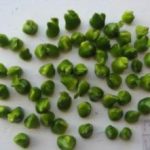 |
| Eleiodoxa conferta, Kelubi, is a Southeastern Asia palm that dies upon reaching maturty. The heart is edible and the fruit is pickled or used as a substitute for tamarind or made into sweets. | 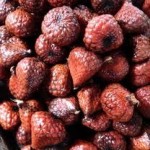 |
| Erigenia bulbosa, Harbinger of Spring. The small root is edible raw. | |
| Floerkea proserpinacoides, False Mermaid. The spicy plant above ground is eaten raw. | |
| Foeniculum vulgare, fennel. I can’t cook without fennel. |
|
| Ginkgo biloba. I first saw them in Japan and later outside Bailey Hall at the (then) University of Maine campus, Gorham, Maine. Now there’s one not a quarter of a mile away from me here in Florida. To read more about the ginkgo click here. |
|
| Glaux maritima, Sea Milkwort. Young shoots edible raw, leaves and stems pickled. | |
| Hablitzia tamnoides, Spinach Vine, Caucasian Vine, related to Chenopodiums, shoots and leaves are edible, raw or cooked. | 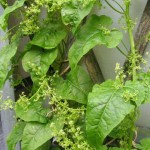 |
| Hesperocallis undulata, Desert Lily. Large tubers are edible but grow deep in difficult soil. | |
| Heteromeles arbutifolia, Toyon. Bitter fruit edible, should be cooked, roasting works. Can be dried and ground into a meal, also mashed, mixed with honey and water to ferment into cider. Leaves toxic. | |
| Hippuris vulgaris, Marestail. Tips can be boiled. | |
| Honckenya peploides, Sandwort, Sea Chickweed. Whole plant edible raw or cooked. Is not a good flavor. Can be fermented like sauerkraut. Berries eaten with fat. | |
| Hydrilla verticillata poses a bit of a mystery. You can buy it in health food stores powdered but there are no ethnobotanical uses to guide us on how to prepare it. Suggestions welcomed. |
|
| Isomeris arborea, Bladderpod. Pods edible after cooking. | |
| Levisticum officinale, Lovage, an herb garden staple. |
|
| Limonia acidissima,Wood-Apple, is a native of Southeast Asia particulary in the India area. The pulp is eaten out of hand, made into drinks, or jam. | 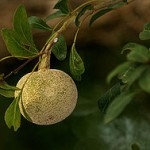 |
| Maclura pomifera, the Osage-Orange, almost universally reported as not edible. A native to central North America the seed kernels are edible raw or roasted. |
|
| Medeola virginiana, Indian Cucumber, a well-known edible in the eastern half of North America. | |
| Modiola caroliniana, Carolina Bristlemallow survives locally by growing low in lawns. Resembles flat leaf parsley. To read more click here. | |
| Muntingia calabura, Jamaican Cherry though it is a native of southern Mexico. Fruit is eaten out of hand, sweet juicy, use to make jellies, jam, tarts, pies and added to cold cereal as as other fruit is. Yellow and red forms, very hight in vitamin C, leaves are used to make a tea. | 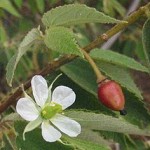 |
| Myrrhis odorata, Sweet Cicely, leaves raw in salads, added to soups and stews, garnish for fish dishes or brewed into tea. Used in candy making. Roots eaten after boiling, served with oil or candied, seeds used as a spice and to favor chartreuse. | |
| Nandina domestica, Nandina. Barely edible, leaves cooked many times and seedless fruit pulp useable. To read more click here. | |
| Nemopanthus mucronatus, Mountain Holly, fruit eaten by Indians. | |
| Neogomesia agavioides, red fruit edible but very rare. |
|
| Nypa frutescens is an Asiatic palm tree with edible fruit called Nipa. In the Philippines the sap is to make sugar, alcohol, and vinegar. It’s flowers are boiled to make a sweet syrup. Unripe seeds are eaten raw and used to flavor ice cream. The fronds are used for thatching. | 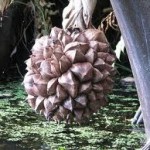 |
| Obregonia denegrii, white fruit edible. |
|
| Onoclea sensibilis, Sensitive Fern, rhizome eaten by Indians, young shoots of a variation called interrupta boiled as a green. | |
| Orontium aquaticum, Golden Club. Roots dried and ground into flour, seeds dried and boiled in several changes of water until paltable, same with flowers. | |
| Osmaronia cerasiformis, Oso Berry. Fruit edible raw, bitter, cooking improves flavor. |
|
| Oxydendrum arboreum, Sourwood. Young, tender leaves edible raw. | |
| Peltiphyllum peltatum, Indian rhubarb. Peeled leafstalk edible raw or cooked. | |
| Peraphyllum ramosissimum, Squaw Apple. The bitter ripe fruit is edible. | |
| Perilla frutescens, Perilla, one species, three varities, wildly used in Asian cooking. | |
| Peumus boldus, Boldo, is native to Chile. Its leaves are used similar to a bay leaf for flavoring although the flavor is different than a bay leaf. Boldo’s small, green fruit is also edible. The flavor is similar to epazote. The leaves also make an herbal tea which is sold commercially. | |
| Pholisma arenarium, endangered. The root is edible. | |
| Piloblephis rigida, Florida Pennyroyal. Very intense, found in scrub land, to read more click here. | |
| Platycodon grandifolus, Balloon Flower, roots, leaves and blossom edible raw. | |
| Platystemon californicus, Cream Cups, Leaves were cooked by Indians. | |
| Pteridium aquilinum, Bracken Fern, to read more click here. | |
| Ravenala madagascariensis, Traveler’s Palm, bright metalic seeds are quite edible. To read more click here. | |
| Sclerocactus mesae-verdae, federally endangered and protected, fruit eaten by Indians. |
|
| Serenoa repens, Saw Palmetto. The infamous…. the fruit tastes like rotten cheese soaked in tobaccon juice, and $70 million business in Florida. To read more, click here. |
|
| Stangeria eriopus. Books a century old or older say the Cycad seeds are edible after cooking. I would be wary. It is a toxic family. | I would have a picture here but my program absolutely will not allow it. |
| Tamarindus indica, the tamarin, a spice that works is way into your kitchen. |
|
| Umbellularia californica, California Laurel, Oregon Myrtle, root bak makes a tea, leaves used like a bay leaf. Nut is edible raw or roasted, its spicy envelope is also edible. |

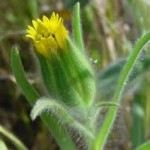
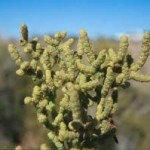
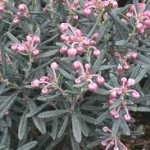
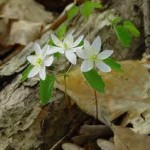
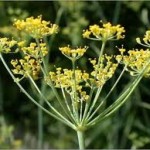
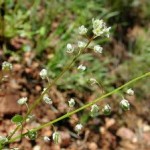
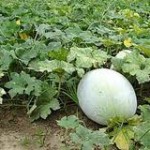
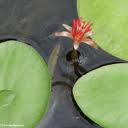
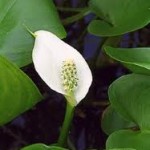
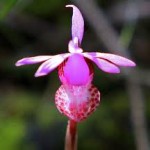
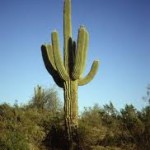
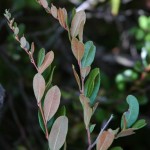
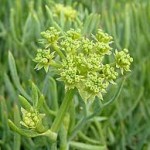
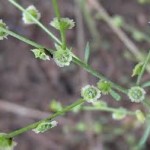
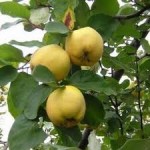
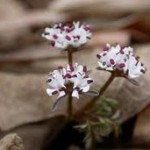
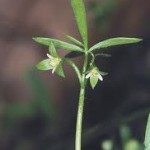
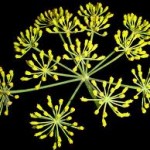
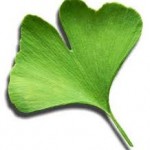
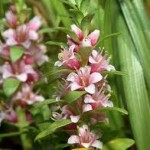
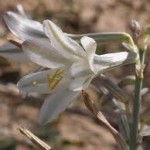
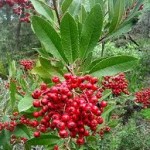
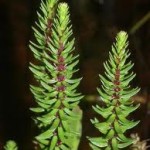
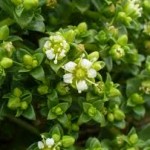
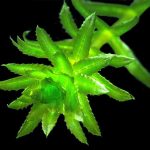
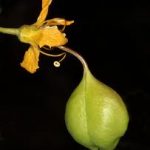
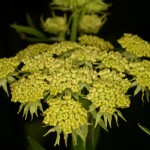
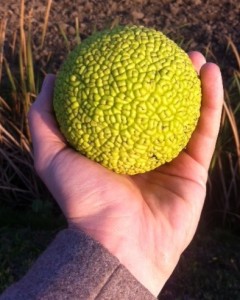
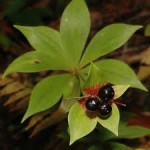
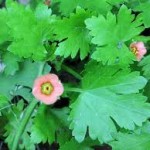
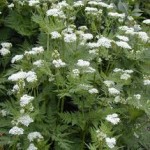
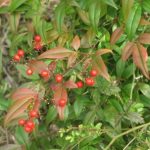
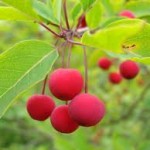
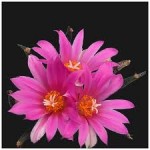
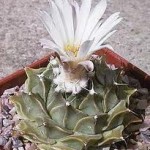
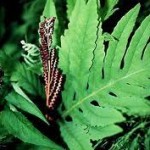
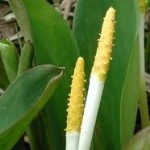
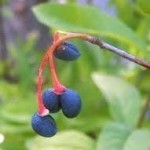 .
.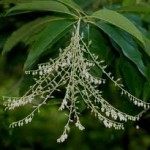
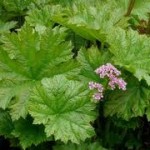
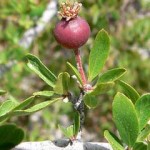
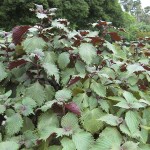
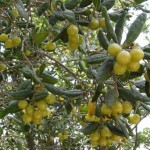
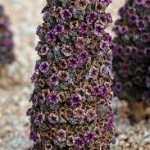
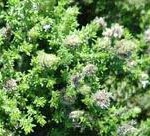
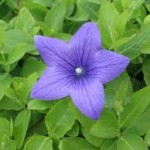
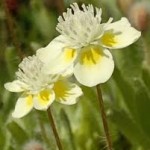
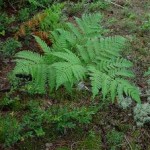
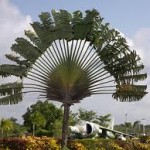
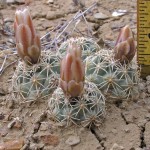
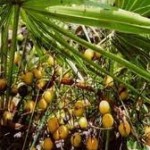
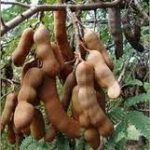
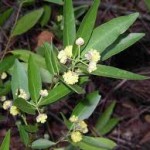

Are you looking for just North American plants? If not — perhaps these?
Peumus boldus
Aegle Marmelos
Limonia Acidissima
Nipa frutescens
eleiodoxa conferta
Thanks… I’ll add them to the list.
Hi Dean,
I think I’ve found about 10 more. If you’re interested, I can post them here or e-mail if you prefer.
Sure, and I’d like to give you some credit too but I lost the email.
Hi Dean,
I tried to used your contact form on this website, but it seems to have stalled. I’ll post here too, just in case the form didn’t go through to you.
Is your gmail addy still good? I seem to remember some gmail problems a while back.
Acanthosicyos horrida
Wollemia nobilis
Abobra tenuifolia
Pseudocydonia sinensis
Euryale ferox
Disphyma crassifolium
Cneoridium dumosum
Heterodraba unilateralis
Eustrephus latifolius
Dalibarda repens
Orthilia secunda
Brandegea bigelovii
Please remember, this is new to me so I’m certainly not batting a thousand. But it is fun and educational too. Thanks for letting your readers contribute!
Litchi chinensis (Lichee)
Quincula lobata (Chinese Lantern)
Cocos nucifera (Coconut)
Ricinus communis (Castor bean)
I’m not sure I would call castorbean edible. The oil has to be processed and then it really isn’t a food… I’ve got to think about that one…
Well, it’s food for thought then, eh? lol
I live in Southern Colorado; Quincula lobata is all over over the place out here. Having keyed it out, I am sure it is not a member of the Solanum genus. It seems like all online resources are repeating this phrase: “the yellow fruit is edible and has been used to make preserves.” I have looked every year, but have never seen the berries do anything but shrivel up like hard little green raisins. Am I missing something here?
Oops, Litchi is wrong I think.
This one tickled me — I had to share it right away lol!
Cannabis sativa seed is a highly nutritious food
If I understand correctly Cannabis sativa is a monotypic genus. There are syn’s but this is the accepted name??
I believe I’ve found several others, btw.
Cannabis sativa thats like hemp ain’t it
Sinofranchetia chinensis purple grape like fruits edible, syrup, ratafee.
Boquila trifoliolatae (Boquila berries) edible fruit.
Castanospermum australem seeds poisonous but become edible when carefully prepared by pounding into flour, leaching with water, and roasting.
Shepherdia canadensis (Buffaloberry) berries made into jelly, jam, or syrup, or prepared like cranberry sauce
Gomortega keule yellow edible sweet fruit harvested for making a kind of marmalade.
Soleirolia soleirolii
Simmondsia chinensis (Jojoba) eaten in emergencies.
Manoao colensoi (silver pine)
Leucocrinum montanum (star lily) roots used for food by the Crow Indians.
Degenia velebitica MUSTARD FAM
Berula erecta (Cutleaf Waterparsnip) leaves and flowers.
Oemleria cerasiformis (Indian Plum)
Cucumeropsis mannii (White-seed melon) Seeds, edible oil and protein.
Sicana odorifera (Cassabanana)F ruit young used as a vegetable, cooked and raw. Ripe fruit flesh made into preserves and a beverage.
Praecitrullus fistulosus Immature fruit used as a cooked vegetable and made into preserves, pickles, or candies. Roasted seeds.
Zanonia indica taste and smell of cucumber.
Argania spinosa (Argan) fruit used to produce edible oil much like olive oil.
Sclerocarya birrea
Poncirus trifoliata
I have grown it in north Georgia for a number of years as a
curiousity. Does it have any edible uses?
Grown what?
try Lapageria
The question is, are the fruit edible by humans?
Well, the only research resource that I have handy is the internet. As I’ve learned through, it could be off the mark. http://www.pfaf.org/user/Plant.aspx?LatinName=Lapageria+rosea
If I’m not being helpful, lemme know.
Try Cenarrhenes nitida
Another perhaps Platycodon grandiflorus
Hey Green Deane, I just went on a boat tour at a national wildlife refuge and the guide showed us the yellow tip of golden club (Orontium aquaticum) is edible. He broke it in half and ate ate some, offering the other half to the group. I kept quiet and was glad to see an adventurous kid take it. Later, I reached over the side of the boat and tried one. Out of hand, it may be described as bland , but that’s okay. If golden club is not on your list of plants to study and ITEMize, please consider it. Thanks for being AWESOME!
I heard somewhere that out of all the orchids the only one that people can consume is the one that gives vanilla beans and you can only eat the vanilla beans, not the rest of the plant.
And I have read that all orchids are edible, which I doubt.
I thought of another one. Since you have the bael fruit on here. What about that Australian Microcitrus the fingerlime one. I think they call it the caviar of citrus.
Deane – The link here to the page on bracken fern is broken. No need to post this, obviously, just wanted to let you know.
Thanks… I have real problems with that genus page.
A full page on mountain holly would be wonderful!
Xanthoceras sorbifolium (Yellowhorn, Chinese flowering chestnut) the only species of the genus Xanthoceras. The flowers, leaves and seeds are edible.
Thanks. I would like to resurrect this page. I stopped with the plants I have because the programming (then) would not allow me to add any more.
Pretty sure we would be sampling these plants to make the largest collection of plant DNA for future use and repopulating our new planet. Just like we are doing with humans.
This is a great list I’ve learned a lot from.
While I’m familiar with the Balloon-flower & its edibility I’d forgotten or never knew it’s also monospecific.
Perhaps I overlooked Poncirus but it seems to not be on this list. I’m intimately familiar with it, having grown & eaten fruit from my own trees for years.
Franklinia, the Ben Franklin tree, I believe is like the namesake of the Tea family & also edible.
The Chinese Quince, Pseudocydonia, as well as Yellowhorn, Xanthoceras, I don’t believe were included in this list. Perhaps I overlooked them.
I really enjoyed reading……this fueled my curiosity to learn more; always a good thing. Thank you!
There are many more, the the programing won’t let me make the page bigger.